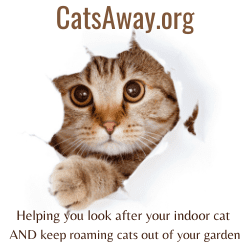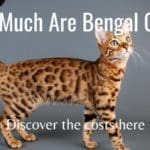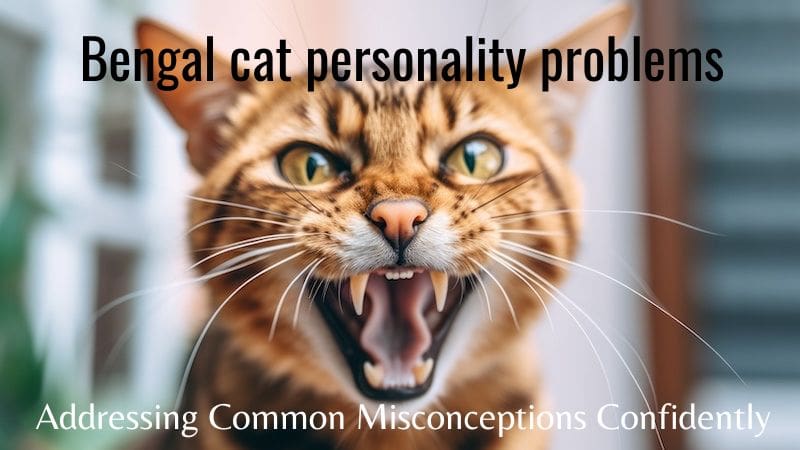Bengal cats are a popular breed of domestic cat known for their distinctive appearance, affectionate nature, and playful personality. Apart from wanting to know how much they cost, the most common query I get asked relates to their size.
So, just how big does a Bengal cat get? The answer to this question depends on several factors, including genetics, diet, and exercise but on average, a healthy adult Bengal cat weighs between 8-15 pounds and stands 13-16 inches tall at the shoulders.
Males are generally larger than females, with an average weight of 10-15 pounds, while females weigh around 8-12 pounds.
However, some Bengals can continue to grow for an additional year, but that is very rare. By 2 years, a Bengal cat will weigh around 15 pounds and can grow up to 15 inches in height.
It’s important to note that the size and weight of a Bengal cat can vary greatly depending on their lineage. Some Bengal cats are bred with larger or smaller cats, which can affect their size.
Additionally, diet and exercise play a crucial role in a cat’s growth and development. A well-fed and active Bengal cat is more likely to reach their full size potential than one that is malnourished or sedentary.
History and Ancestry

The Bengal cat breed has a unique and fascinating history that dates back to the 1960s. The breed was created by crossing an Asian leopard cat (Felis bengalensis) with a domestic cat, such as the Abyssinian, Egyptian Mau, or American Shorthair.
This cross-breeding method was used to create a hybrid cat that had the appearance of a wild cat but the temperament of your average domestic cat.
The Asian leopard cat is a small wild cat native to Southeast Asia. They are known for their distinctive spotted coat and are often kept as pets in their native countries. The wild ancestors of the Bengal cat are responsible for the breed’s unique coat pattern and striking appearance.
Jean Mill of California is credited with creating the modern Bengal breed. She bred the first known deliberate cross of an Asian leopard cat with a domestic cat, a black California tomcat.
This breeding produced a litter of kittens that had the appearance of wild cats but the temperament of domestic cats. Over several generations, Mill continued to breed these hybrids with domestic cats to create the modern Bengal cat.
Today, Bengal cats are recognized as a distinct breed by many cat organizations, including The International Cat Association (TICA) and the American Cat Fanciers’ Association (ACFA). The Bengal has become increasingly popular due to its unique appearance, intelligence, and playful personality.
In summary, the Bengal cat’s history and ancestry can be traced back to the Asian leopard cat. Through careful breeding and generations of hybrids, breeders like Jean Mill were able to create the modern Bengal breed that we know and love today.
Physical Characteristics
Bengal cats are known for their unique and exotic appearance, which makes them a popular choice among cat lovers. They have a muscular body, a broad head, and a short, thick tail. Bengals are also known for their distinctive coat patterns, which can come in a variety of colors and markings.
Average size and weight of a female Bengal cat
Female Bengal cats are generally smaller than their male counterparts. On average, a female Bengal cat can weigh between 8 and 12 pounds and stand approximately 14 to 16 inches tall. However, some female Bengals can weigh up to 15 pounds and reach a height of 18 inches.
Average size and weight of a Tom Bengal cat
Tom Bengal cats are larger and more muscular than females. On average, a male Bengal cat can weigh between 10 and 15 pounds and stand approximately 16 to 18 inches tall. However, some male Bengals can weigh up to 22 pounds and reach a height of 20 inches.
Their coat color can vary and include brown, silver, and snow. The coat can also have different patterns, including spots, rosettes, and stripes.
In conclusion, Bengal cats are a unique and exotic breed known for their muscular bodies, distinctive coat patterns, and playful personalities. Understanding their physical characteristics can help you provide the best care for your Bengal cat.
Temperament and Personality
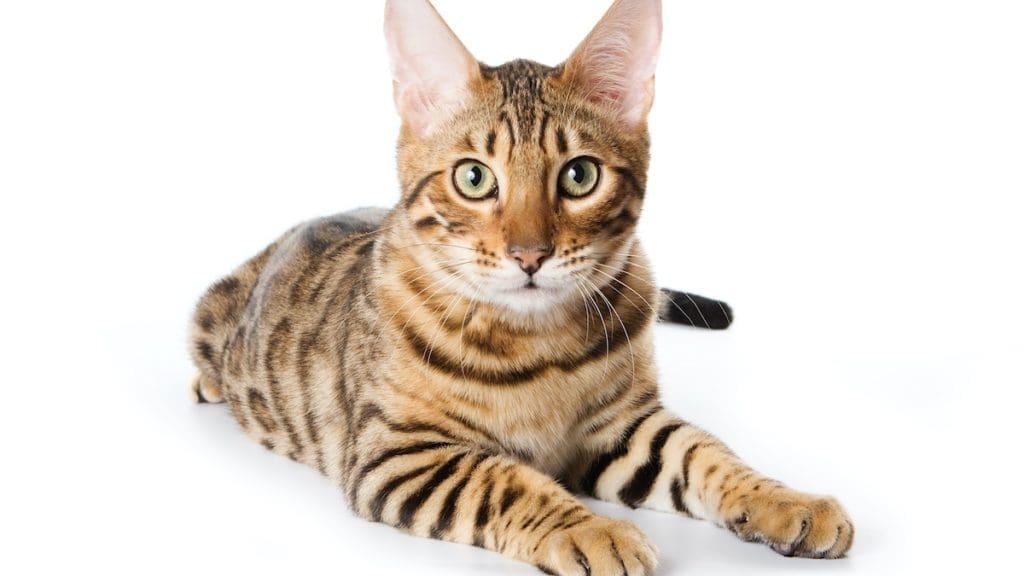
Bengal cats are known for their unique personality and temperament, which sets them apart from other cat breeds. They are highly intelligent, curious, and energetic, making them a great companion for people who are looking for an interactive and playful pet.
Bengals are also very vocal and love to communicate with their owners so may not be the best pet if you live in an apartment. They are not shy about expressing their needs and desires, and they will often meow or purr to get attention.
They are also known for their love of interactive toys, such as a cat wheel and puzzle feeders, which help to keep them mentally stimulated, fit and engaged.
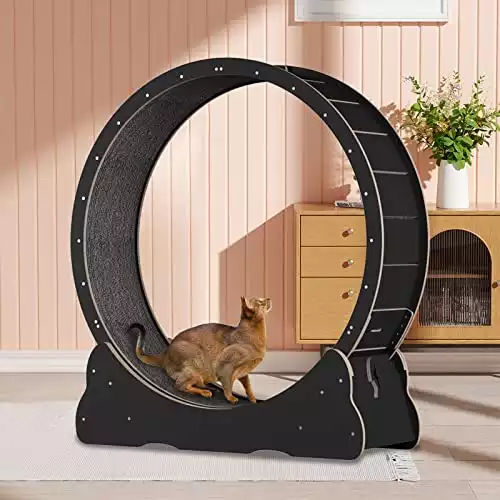 Cat Exercise Wheel for Indoor Cats
Cat Exercise Wheel for Indoor Cats
With its sturdy base this makes an ideal fast cat exercise wheel. If you have high energy cats this could well be the ideal cat wheel for your pets.
- The Cat Exercise Wheel is made of durable wood and has a solid, sturdy design that can withstand even the most active cats
- The Cat Exercise Wheel also doubles as a scratching board, with sisal rugs lining the inside and outside of the wheel for added grip and scratching
- While the Cat Exercise Wheel is relatively quiet, it's not completely silent and may make some noise when in use
Despite their active nature, Bengals are also very affectionate and enjoy spending time with their owners. They are loyal and loving pets that form strong bonds with their human family members. They are also known for their playful nature, and they enjoy playing fetch and other interactive games with their owners.
In terms of attention, Bengals require a lot of it so be prepared to spend time playing with your cat. They thrive on interaction and playtime with their owners, and they can become bored and destructive if left alone for extended periods. Owners of Bengal cats should be prepared to spend time playing and interacting with their pets on a daily basis.
Overall, Bengals are a unique and fascinating breed with a lot of personality. They are a great choice for people who are looking for an interactive and playful pet that will keep them entertained and engaged.
Feeding and Nutrition
Bengal cats require a well-balanced diet that provides them with all the necessary nutrients to maintain their health and energy levels. A healthy diet for a Bengal cat should consist of high-quality protein, healthy fats, and a limited amount of carbohydrates.
It is important to note that cats are obligate carnivores, meaning they require a diet that is high in animal protein. Therefore, it is recommended to feed them a diet that is rich in meat-based protein. This can be achieved by feeding them high-quality wet or dry cat food that contains a high percentage of animal protein.
When feeding a Bengal cat, it is important to monitor their weight and avoid overfeeding. Overfeeding can lead to obesity, which can cause a range of health problems such as diabetes, heart disease, and joint problems.
In addition to monitoring their food intake, it is also important to ensure that they have access to plenty of fresh, clean water. Dehydration can also lead to a range of health problems, including urinary tract infections and kidney problems.
Bengal cats may have specific dietary needs, such as those with food allergies or sensitivities. If your Bengal cat has any specific dietary requirements, it is important to consult with a veterinarian to ensure that their nutritional needs are being met.
In summary, a healthy diet for a Bengal cat should include high-quality protein, healthy fats, and limited carbohydrates. It is important to monitor their weight and food intake to avoid overfeeding and obesity. Providing access to fresh, clean water is also essential for their overall health and well-being.
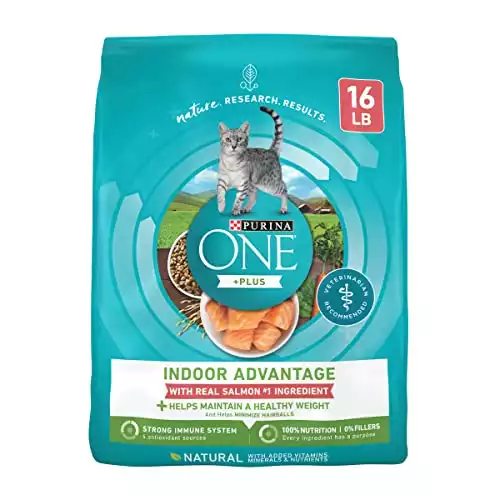 Purina ONE Natural Low Fat High Protein Cat Food Plus Indoor Advantage with Real Salmon
Purina ONE Natural Low Fat High Protein Cat Food Plus Indoor Advantage with Real Salmon
16lb bag
This high-protein nutritional weight control indoor cat food has 10 percent less fat than Purina ONE tender selects blend. Made with Salmon it helps your indoor cat maintain a healthy weight
Exercise and Play Keeps The Weight Away
Bengal cats are known for their energetic and athletic nature. They need plenty of exercise to stay healthy and happy. Regular playtime is essential for keeping them stimulated and preventing boredom.
Bengal cats love to climb and jump, so providing them with a cat tree for large cats or other climbing structures is a great way to keep them active. They also enjoy playing with toys that allow them to chase, pounce, and swat.
In addition to indoor play, Bengal cats benefit from outdoor playtime as well. They love to explore and run around in a safe, enclosed space such as a large cat enclosure. A backyard or enclosed patio can also provide them with the opportunity to enjoy the outdoors while staying safe if you don’t have room for an enclosure.
Like their ancestorial Asian leopard cats, swimming is another activity that some Bengal cats enjoy. While not all cats are natural swimmers, some Bengals love to take a dip in a shallow pool or pond. It’s important to supervise them closely during water play to ensure their safety.
Overall, Bengal cats require lots of exercise and play to stay healthy and happy. Providing them with an exercise wheel and plenty of opportunities to climb, jump, run, and play will help keep them stimulated, prevent boredom and prevent unwanted weight gain.
Health and Care
Indoor Bengal cats live around 12-16 years. However, like all cats, they require regular veterinary check-ups and care to maintain their health. Here are some tips on how to care for your Bengal cat:
Regular Check-ups
It is essential to take your Bengal cat for regular check-ups to the vet. During these check-ups, the vet will perform a physical examination, check for any health problems, and provide any necessary vaccinations. Regular check-ups can help detect any health issues early and prevent them from becoming more severe.
Feline Leukemia Virus
Bengal cats, like all cats, are susceptible to FeLV. FeLV is a viral infection that can weaken the immune system and cause other health problems. It is essential to keep your Bengal cat indoors and away from other cats that may have FeLV. Vaccination can help prevent FeLV, and regular check-ups can help detect it early.
Health Problems
Like all pure bred cats Bengals are prone to some genetic health conditions. These conditions include hip dysplasia, heart disease, and eye problems such as cataracts and glaucoma. Regular check-ups can help detect these conditions early and provide necessary treatment.
Local Laws
It is essential to know and follow local laws regarding the ownership and care of Bengal cats as some areas may have restrictions on owning them. It is also essential to provide proper care for your Bengal cat, including regular veterinary check-ups, proper nutrition, and a clean environment.
In summary, caring for a Bengal cat involves regular check-ups, vaccination against FeLV, and providing proper nutrition and care. Knowing and following local laws is also essential. With proper care, a Bengal cat can live a long and healthy life.
Summing up
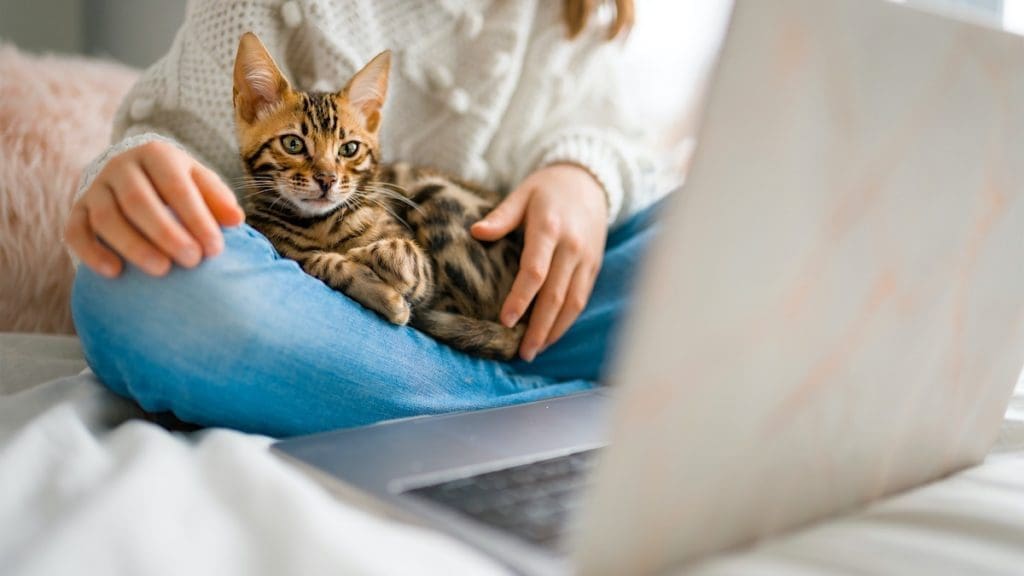
In conclusion, Bengal cats are known for their distinct appearance and wild ancestry. They are a popular breed among cat lovers due to their unique coat patterns and playful personalities. Unfortunately their popularity and rarity means they can be expensive so check out how much a Bengal cat costs before deciding whether to pursue this particular cat as a pet.
When it comes to their size – another important factor to consider – Bengal cats tend to be larger than many domestic cat breeds. A healthy and well-fed Bengal cat can weigh between 8 and 15 pounds and stand between 13 and 18 inches tall. However, some Bengal cats can weigh up to 22 pounds and grow up to 15 inches in height.
It is important to note that Bengals are not hybrids, but rather a domestic cat breed that was selectively bred to resemble their wild ancestors, the Asian leopard cat. While their wild ancestry gives them their unique appearance and personality, they are still domesticated cats that make great pets.
Overall, Bengals are a great choice for those looking for a unique and playful companion. Their size and appearance make them stand out among other cat breeds, while their friendly and active personalities make them a joy to be around.
